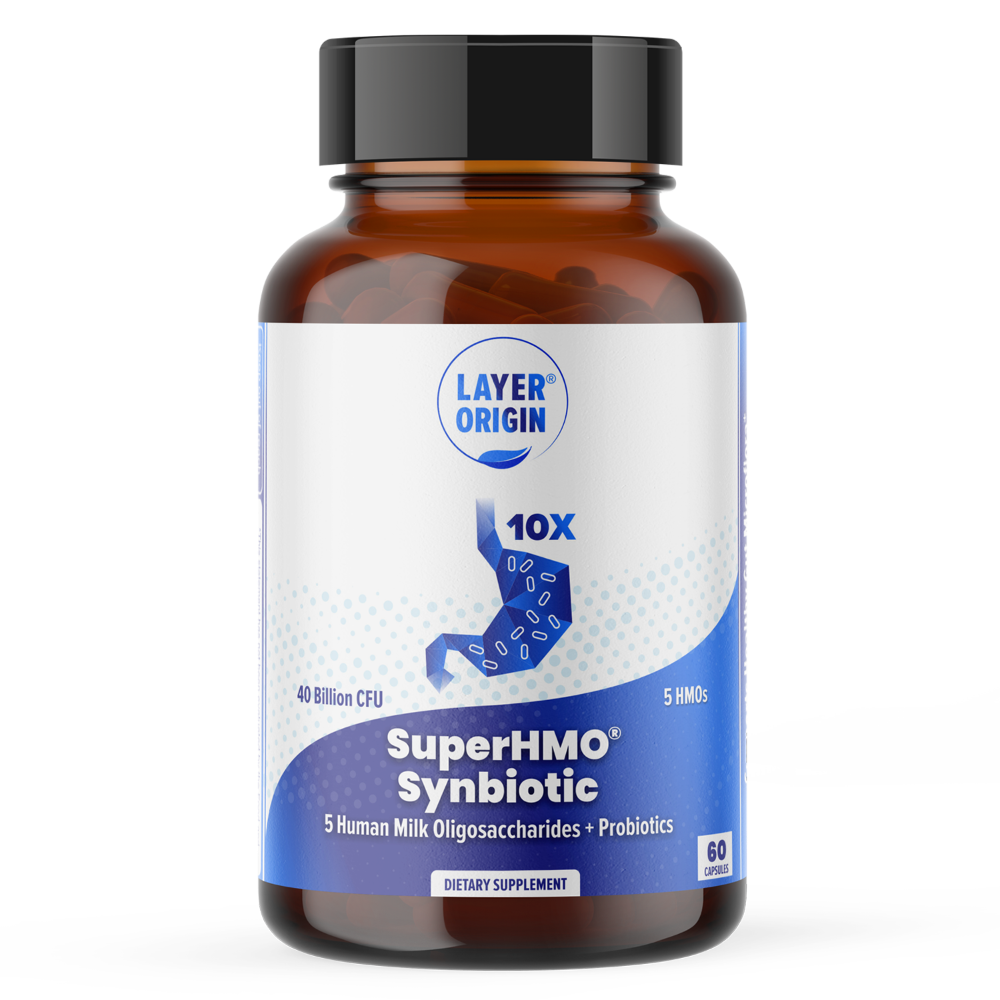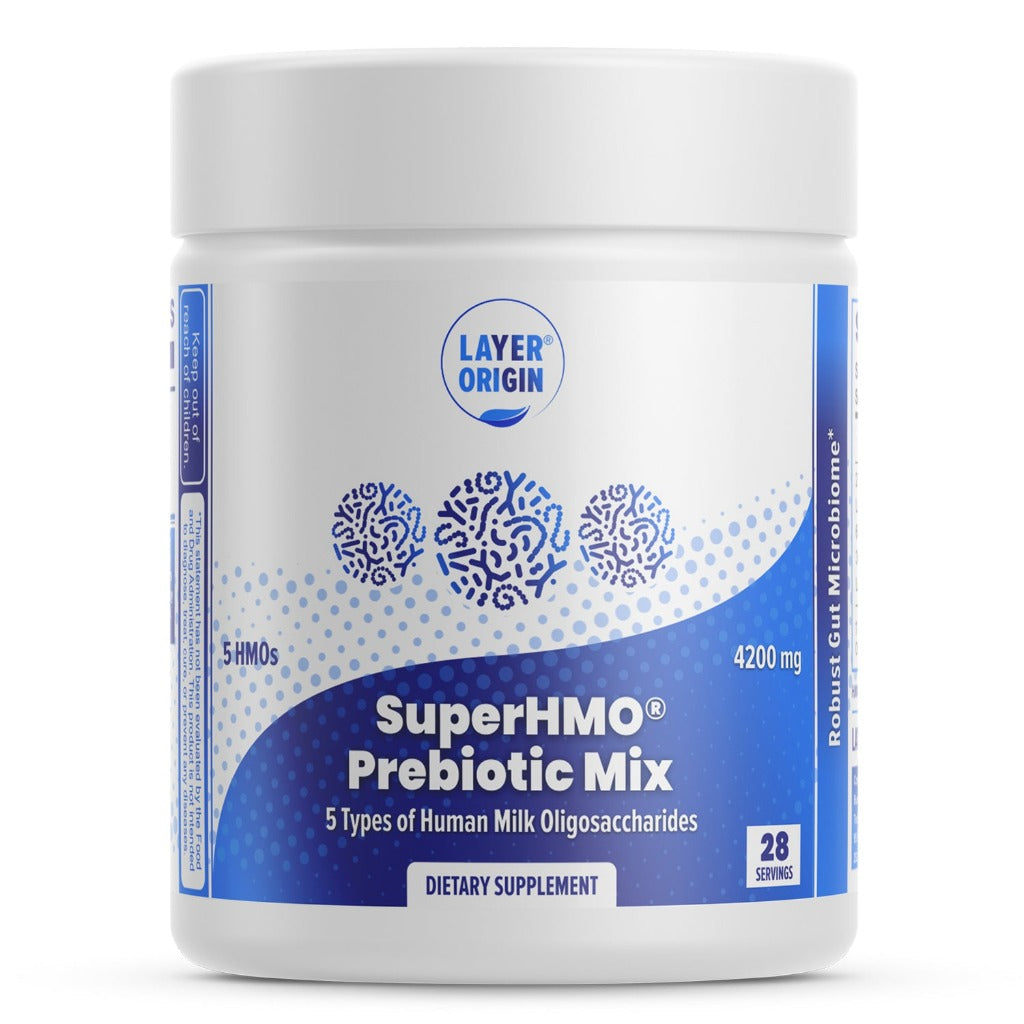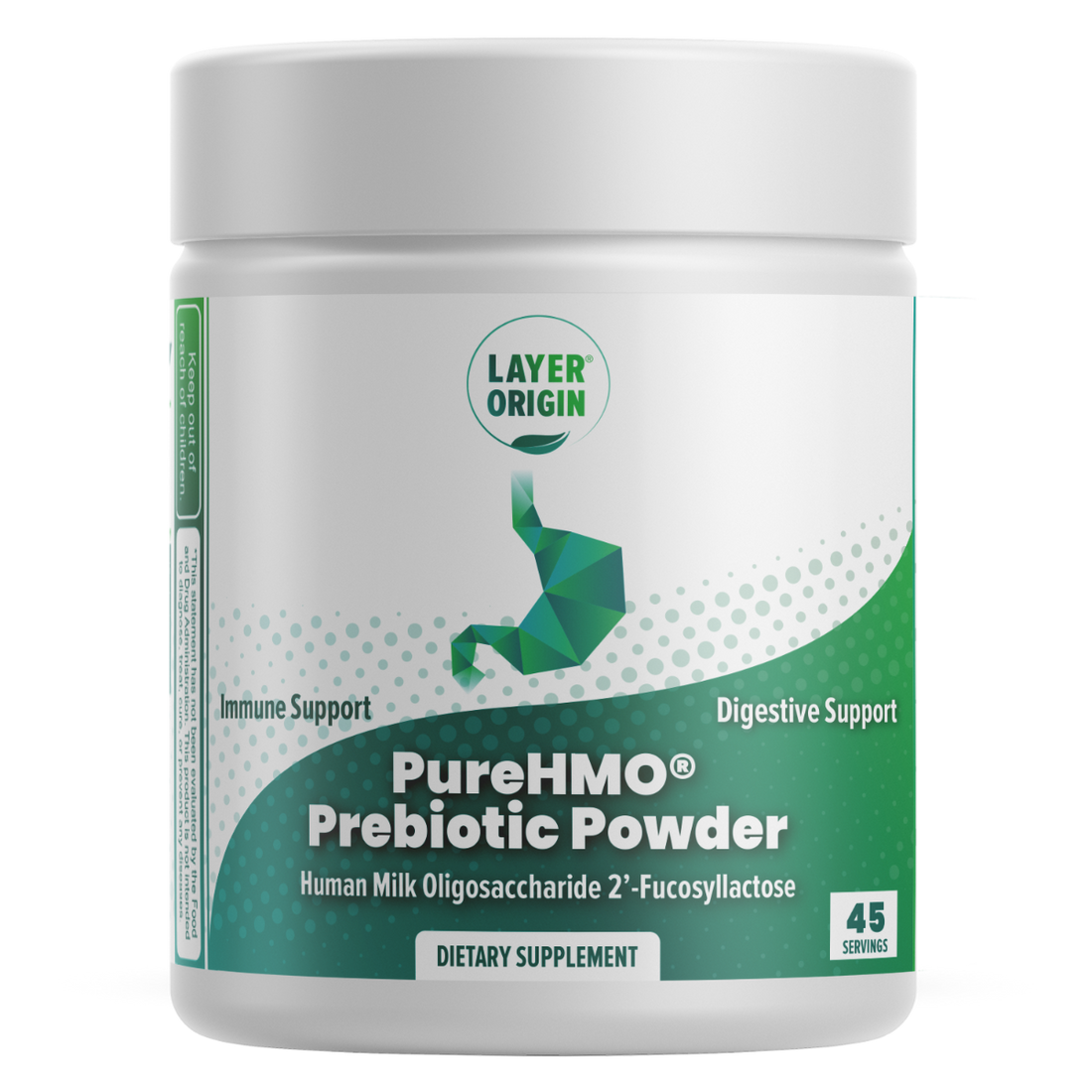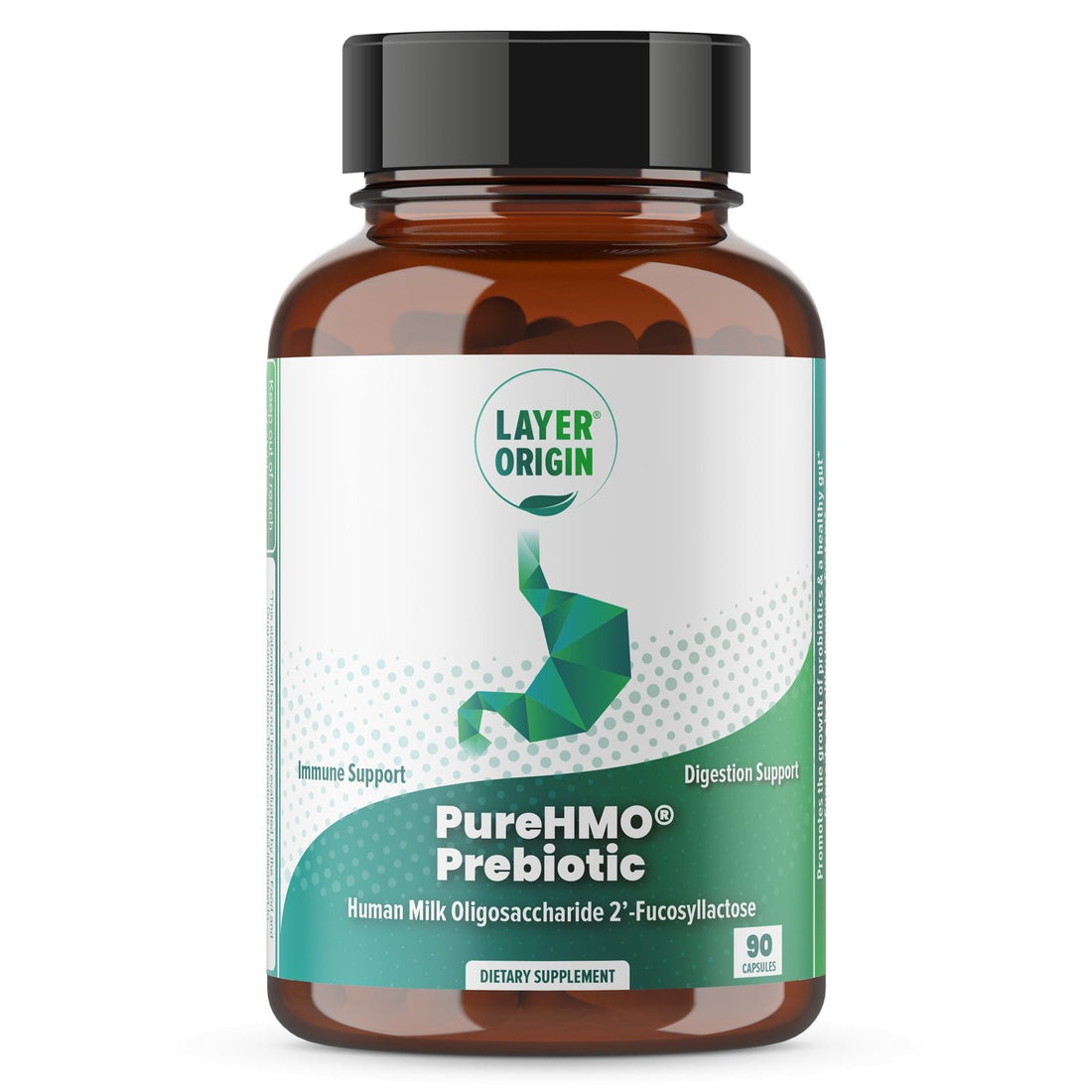If you’ve ever downed a bag of M&M’s or eaten more cookies than you could count—often without even realizing you did it—you’re definitely not alone.
Millions of people struggle with sugar cravings, often feeling like something else is pulling the strings. What if that’s actually true?
While we tend to blame a “sweet tooth,” emotional eating, or simply a lack of willpower, emerging research suggests your gut microbiome might be playing a much bigger role than was once thought.
In fact, it’s possible these tiny microbes in your gut act like little puppeteers, influencing your behavior and causing you to crave sugary foods.
From gut-brain communication to hormone signaling to metabolite production, the microbes in your gut could be working behind the scenes in various ways, influencing whether or not you reach for that sweet treat.
How Gut Microbes Influence Cravings
Your gut microbes might be messing with the way you eat—especially when it comes to sugar.
A 2014 study found that certain gut bacteria can actually manipulate your eating behavior to improve their own survival chances. They trigger cravings for the foods they thrive on—like sugar and carbohydrates—or even for foods that suppress competing microbes. Some microbes can also induce dysphoria, causing emotional distress or low mood, which might nudge you toward sugar-rich comfort foods.
Let’s take a closer look at the ways that gut microbes influence your cravings.
The Gut-Brain Axis
The gut-brain axis is a messenger system connecting these two vital organs. It’s a bidirectional network—meaning the gut “talks” to the brain, and the brain talks back—powered by a mix of microbes, immune cells, signaling molecules, and neurotransmitters.
The main highway for this communication is the vagus nerve, which carries a wide range of signals between the gut and brain.
Specialized sensory cells in the gut called neuropod cells form synapse-like connections with vagus nerve cells, helping transmit signals from gut to brain.
Neuropod cells also act as nutrient sensors. Remarkably, these cells can distinguish real sugars from artificial sweeteners and influence your preferences through different gut-to-brain pathways.
Microbial Metabolites
Your gut microbes don’t only send messages to and from the brain–they also produce a cocktail of powerful chemicals called metabolites.
One key hormone is GLP-1 (glucagon-like peptide-1), which your gut releases to help you feel full and regulate blood sugar.
You might know it from drugs like Ozempic, which mimic its effects to support weight loss. Certain gut bacteria encourage your gut cells to release more GLP-1, helping curb sugar cravings by making you feel full sooner.
But how do microbes do this? Some microbes produce pantothenate (vitamin B5), a nutrient that supports activation of receptors in your gut, especially one called FFAR4.
When FFAR4 is triggered, it prompts your body to release GLP-1, which helps suppress the urge for sugary snacks.
Research shows that higher levels of these pantothenate-producing bacteria correlate with lower sugar cravings. Conversely, when these microbes are out of balance (or when FFAR4 is experimentally removed, as seen in this study), GLP-1 levels can drop, leading to stronger cravings.
Hormone Hijacking
In addition to GLP-1, your gut microbes can hijack hormones that signal when you feel full or hungry—specifically ghrelin, leptin, and cortisol.
Ghrelin is often called the “hunger hormone” because it stimulates appetite.
Certain gut microbes may increase ghrelin production or delay its suppression, making you feel hungrier for longer, especially for high-energy foods like sugar.
Conversely, leptin is your “satiety hormone,” which signals to your brain that you’re full. But when your gut is out of balance, leptin signaling can get disrupted.
This can lead to leptin resistance, where your brain doesn’t register that you’ve eaten enough, so you keep reaching for more.
In a study with germ-free (aka microbiome-free) mice, researchers found that the absence of gut microbes led to leptin dysregulation and weight gain—even when they were eating a healthy diet.
Lastly, there’s cortisol, your main stress hormone. Chronic stress and gut dysbiosis are closely linked, and elevated cortisol levels are known to drive cravings for comfort foods, especially sugar. Your gut microbes help regulate this stress response via the gut-brain axis.
Antibiotics and Dysbiosis
One of the most common ways your gut microbiome gets thrown off balance is through a course of antibiotics.
While these medications are great for killing off harmful bacteria, they often wipe out beneficial gut microbes too, leading to dysbiosis, or an imbalance in your microbial community.
This disruption can impair your gut’s ability to regulate hormones and communicate with your brain, worsening cravings and throwing your appetite control out of whack, especially for sugar and other highly rewarding foods.
Unfortunately, recovering your microbiome after a course of antibiotics can take weeks or even months, but it’s absolutely possible.
The Microbial Culprits (and Heroes)
So, which microbes are the “bad guys” when it comes to sugar cravings, and which can help you put down the sweets?
Some of the bacterial species known to cause elevated cravings, disrupted metabolism, or weight gain include:
-
Firmicutes species are often linked to weight gain and metabolic disruptions when their balance relative to other gut microbes is off. Because they metabolize sugars efficiently, an imbalance may contribute to a cycle of increased sugar consumption and metabolic effects that can encourage overeating.
-
Certain Candida yeasts have also been associated with sugar cravings and gut imbalance.
On the other hand, some “good guys” that support healthy metabolism and appetite include:
-
Bacteroidetes species generally help balance the microbiome and support healthy metabolism.
-
Pantothenate-producing bacteria (those that make vitamin B5) encourage the release of GLP-1, helping curb cravings and promote fullness.
-
Lactobacillus and Bifidobacterium strains are examples of pantothenate-producing bacteria that may help regulate appetite hormones and reduce inflammation, aiding in better hunger control.
So, how do you ensure your gut is full of the craving reducers? Let’s take a look at ways you can “reseed” your gut with the good guys.
How to Rewire Cravings Through Your Gut
Even if your sweet tooth feels out of control, the good news is you can shift your microbial balance into a healthier pattern with a few easy steps. Here’s how:
-
Fiber: Feed your good gut bacteria with fiber from diverse plant sources, including veggies, fruits, whole grains, nuts, and seeds.
-
Fermented Foods: Add fermented foods like yogurt, sauerkraut, kimchi, kefir, and kombucha to introduce more beneficial bacteria.
-
Probiotics: Consider probiotic supplements containing well-studied strains like Lactobacillus and Bifidobacterium.
-
Limit Ultra-Processed Foods: Reduce foods loaded with added sugars, refined carbohydrates, and artificial ingredients that feed sugar-loving microbes and fuel cravings.
-
Manage Stress: Stress disrupts your gut-brain axis and increases cravings. Try meditation, deep breathing, or exercise to keep stress in check.
-
Sleep More: Poor sleep throws off hormone balance and gut health. Aim for 7-9 hours of quality sleep each night.
-
Only Use Antibiotics When Necessary: Sometimes antibiotics are absolutely life-saving, but other times they are given unnecessarily. If you do need them, support your gut afterward with fiber and probiotics.
Key Takeaways
-
Your gut microbiome plays a surprising role in driving sugar cravings by influencing hormones, brain signals, and metabolite production.
-
Certain gut microbes crave sugar and can manipulate your appetite, while others help curb cravings and support fullness.
-
Disruptions to your gut microbiome—like antibiotic use, stress, or poor diet—can worsen cravings and appetite regulation.
-
You can reduce sugar cravings by feeding your good microbes with fiber, fermented foods, and probiotics.
-
Managing stress, getting enough sleep, and using antibiotics only when necessary also protect your gut and reduce cravings.
–
References:
Alcock J, Maley CC, Aktipis CA. Is eating behavior manipulated by the gastrointestinal microbiota? Evolutionary pressures and potential mechanisms. Bioessays. 2014;36(10):940-949. doi:10.1002/bies.201400071
Buchanan KL, Rupprecht LE, Kaelberer MM, et al. The preference for sugar over sweetener depends on a gut sensor cell. Nat Neurosci. 2022;25(2):191-200. doi:10.1038/s41593-021-00982-7
Foster JA, Rinaman L, Cryan JF. Stress & the gut-brain axis: Regulation by the microbiome. Neurobiol Stress. 2017;7:124-136. Published 2017 Mar 19. doi:10.1016/j.ynstr.2017.03.001
Kaelberer MM, Rupprecht LE, Liu WW, Weng P, Bohórquez DV. Neuropod Cells: The Emerging Biology of Gut-Brain Sensory Transduction. Annu Rev Neurosci. 2020;43:337-353. doi:10.1146/annurev-neuro-091619-022657
Leeuwendaal NK, Cryan JF, Schellekens H. Gut peptides and the microbiome: focus on ghrelin. Curr Opin Endocrinol Diabetes Obes. 2021;28(2):243-252. doi:10.1097/MED.0000000000000616
Yao H, Fan C, Fan X, et al. Effects of gut microbiota on leptin expression and body weight are lessened by high-fat diet in mice. Br J Nutr. 2020;124(4):396-406. doi:10.1017/S0007114520001117








